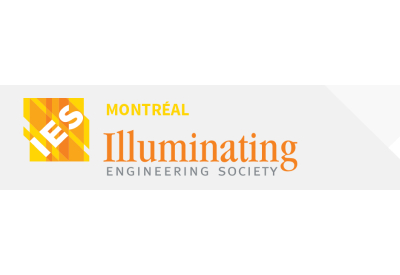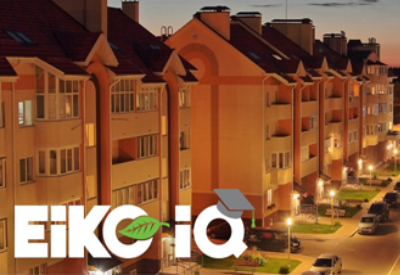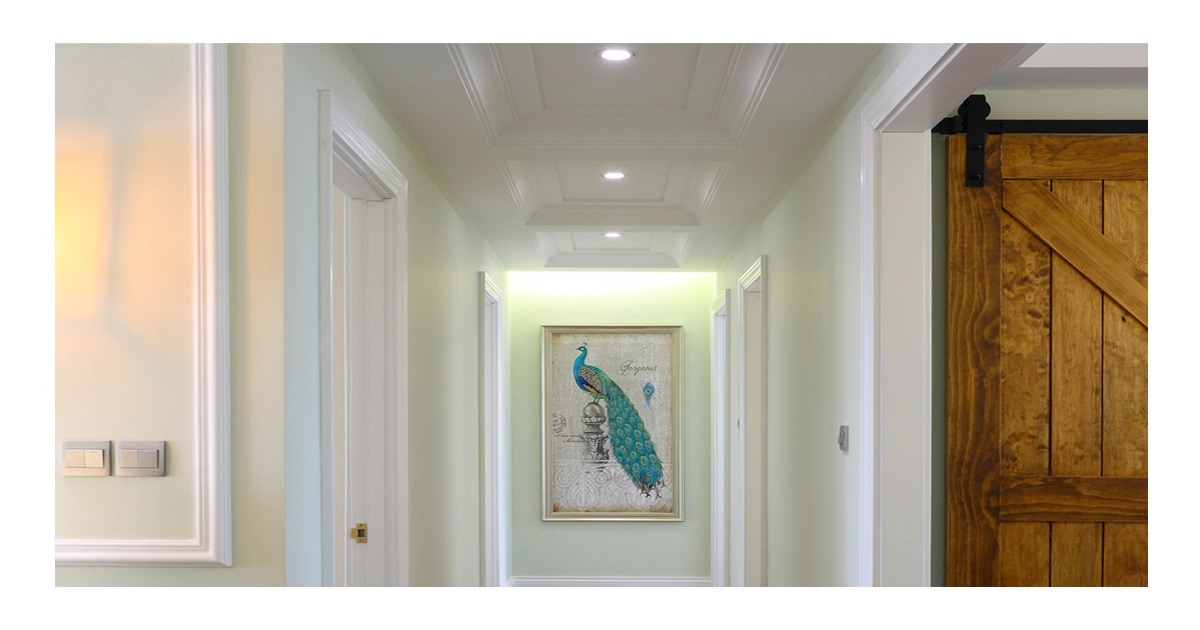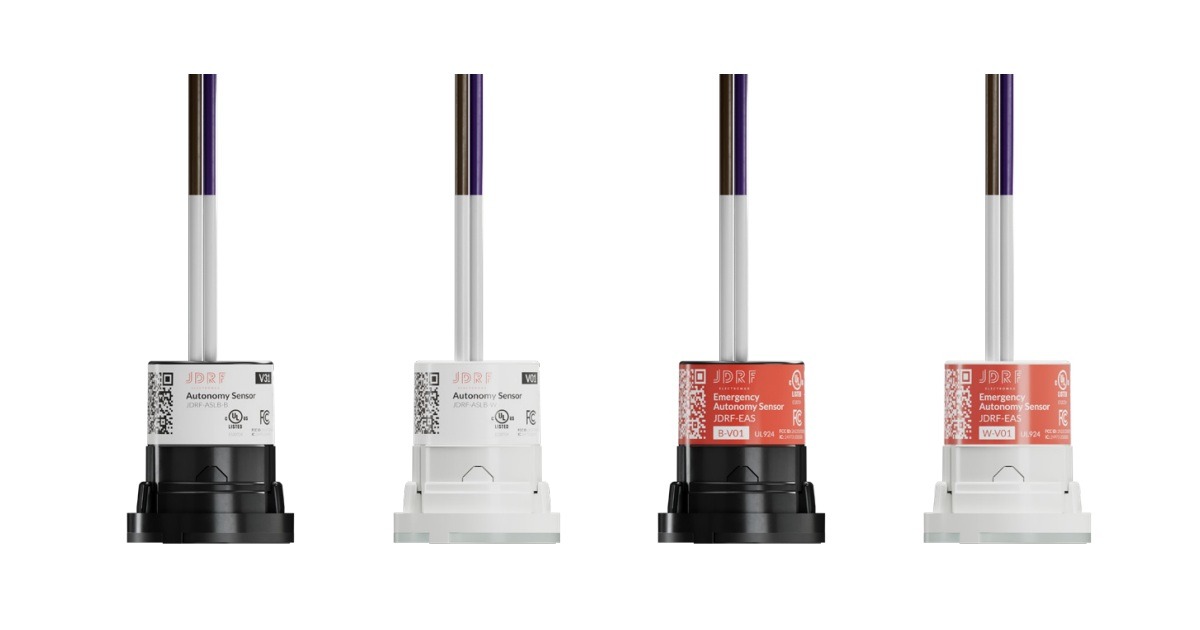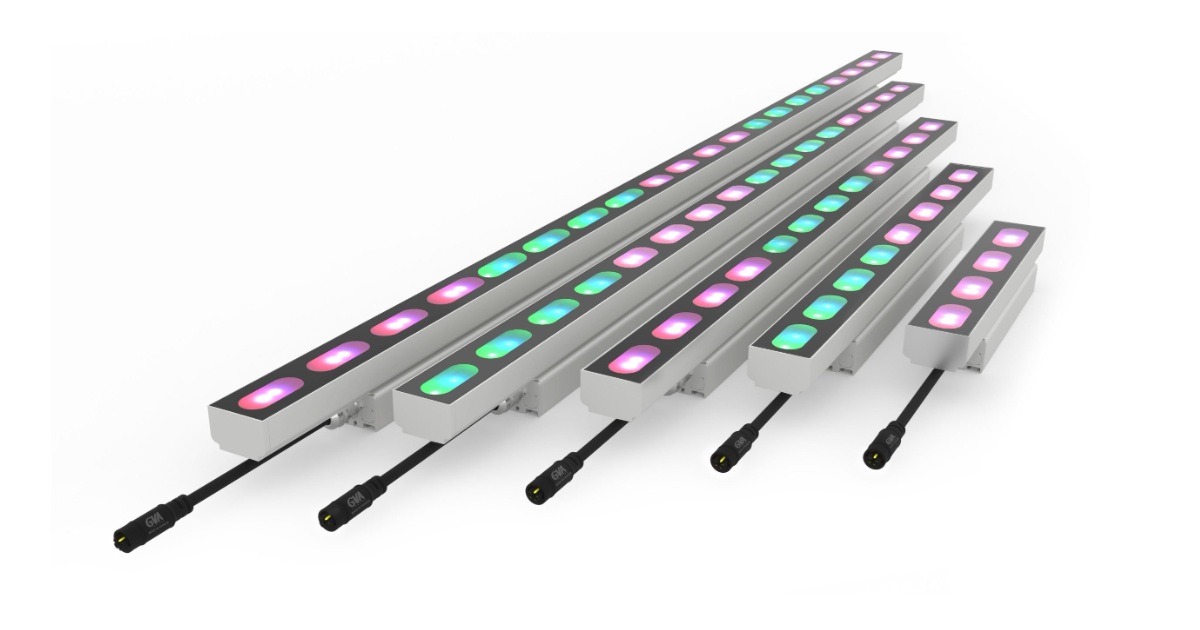Seoul Semiconductor’s SunLike Series Natural Spectrum LEDs Shown in a Recent Study to Have Beneficial Effects on Human Health and Well-being
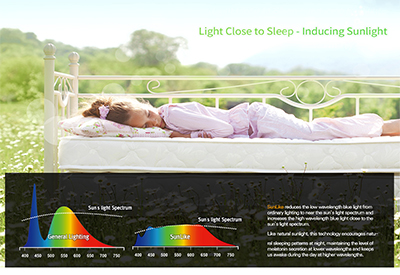
June 13, 2019
Seoul Semiconductor announced the results of a recent study conducted by Dr. Octavio L. Perez, adjunct researcher in Integrative Lighting at Mount Sinai Hospital in NYC, NY, USA on the non-visual melanopic stimulus of LED sources. The study showed that the company’s SunLike Series natural spectrum LEDs provide up to 21% more melanopic stimulus than conventional LEDs at 4000K, and the same melanopic stimulus as daylight at 6500K (D65).
In addition to the visual effects of light and lighting on people, such as visual acuity and color fidelity, there are also non-visual effects. These non-visual effects can affect human health and well-being in aspects related to sleep, awakeness, alertness, circadian rhythmicity, circadian disruption, performance, and mood. Recent building standards, such as the ‘WELL Building Standard,’ assess these non-visual effects of lighting in buildings in terms of the ‘melanopic stimulus,’ not just in terms of conventional photometry and colorimetry.
The recent study evaluated the M-EDI (CIE DIS S026/E:2018 Melanopic Equivalent Daylight Illuminance) of different light sources at different correlated color temperatures (CCT in K). M-EDI is the only metric compliant with the International System of Units (IS) to evaluate the non-visual stimulus of light and lighting, based on the CIE (the International Commission on Illumination) D65 standard daylight illuminant. The preliminary results indicate that the SunLike Series natural spectrum LEDs provide more melanopic stimulus, at any given CCT, than any other LED light source at the same photopic illuminance (in lux) – up to 21% more M-EDI stimulus compared to a conventional 4000K CRI80 LED (4000K being the prevalent CCT in office and school environments).
A typical 4000K CRI80 LED provides 59.30 M-EDI lux for every 100 photopic lux, and a 4000K SunLike LED provides 71.94 M-EDI lux at the same photopic illuminance level. At 6500K, the SunLike LED delivers 99.95% of the M-EDI melanopic stimulus provided by the CIE D65 daylight standard illuminant at the same photopic illuminance. It means that at 6500K, the SunLike Series LEDs provide the same natural melanopic stimulus as daylight (D65).
The reason for this is that the SunLike Series natural spectrum LEDs have a continuous spectral power distribution (SPD) emission that mimics sunlight spectrum at different CCT, in the visual region not including UV and IR. Conventional LED light sources have a peak at 450nm, followed by a valley at the peak of the melanopic efficiency curve, around 480nm. This peak at 450nm for conventional LEDs may also produce non-desired effects on eye health. The melanopic stimulus of the 6500K SunLike LEDs match the shape of the melanopic stimulus provided by D65, avoiding potential blue light peak and ethical issues.
Human centric lighting solutions go beyond the prevalent visual metrics of photometry colorimetry and conventional lighting design. The SunLike Series natural spectrum LEDs offer better visual appearance and color fidelity (CRI95+), and are specifically designed and engineered to provide more benefits and energy for human health and well-being than any other LED in the marketplace. SunLike Series LEDs are the light source of choice for integrative lighting solutions.
Seoul Semiconductor’s SunLike Series natural spectrum LEDs are the world’s first LEDs to produce light that closely matches the spectrum of natural sunlight. It has also achieved the highest level of eye safety certification from the International Commission on Illumination as an RG-1 level light source with no photo-biological risks.
SunLike Series natural spectrum LEDs were co-developed through the combination of Seoul Semiconductor’s optical semiconductor technology and Toshiba Materials’ TRI-R technology, which defines its original concept as “the light closest to the sun for human well-being.” TRI-R technology enables the spectrum of natural sunlight to be reproduced by a white LED light source. TRI-R is a registered trademark of Toshiba Material Co., Ltd.

